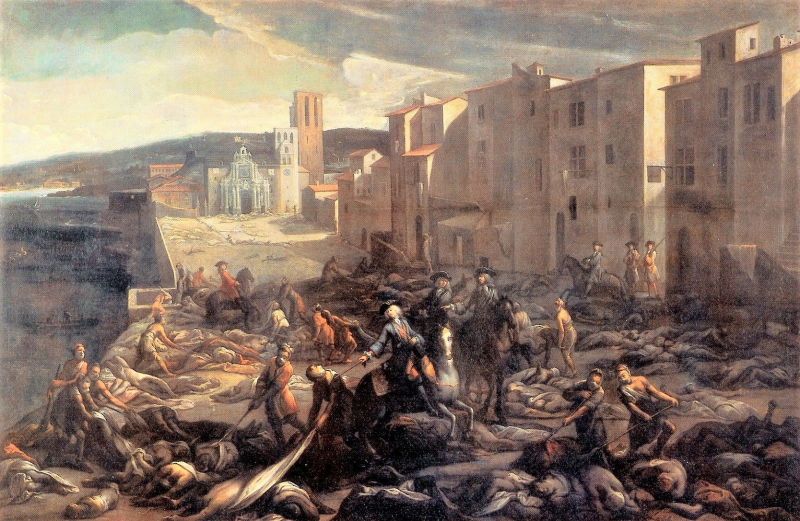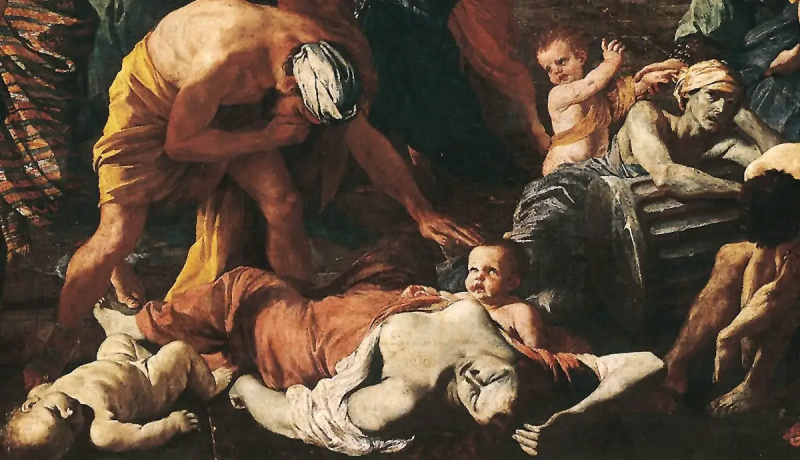Constantinople
The Plague of Justinian (541–549 AD) was the first documented outbreak of the bubonic plague caused by the bacterium Yersinia pestis. It was named after the Byzantine emperor Justinian I for some reason. The same disease, also known as the Black Death, returned to decimate Europe's population in the 14th century. It was nearly as lethal, killing approximately one-third of the affected population within a few months of the outbreak.
The worst-affected city was Constantinople, now Istanbul. At its peak, the pandemic claimed more than 10,000 people each day. The limited documents humans have from that time period describe a sight of unimaginable tragedy and ruin, with hundreds of dead lying unclaimed for months on end along the city's streets. At one point, city officials were simply throwing the bodies - which were frequently covered in infectious blood and pus and had to be tied to keep everything from disintegrating - into the sea, as cemeteries and other burial grounds were filled to the brim.
- Location: Constantinople,Turkey
- Stages: 14th century
- Deaths: 300,000 people












